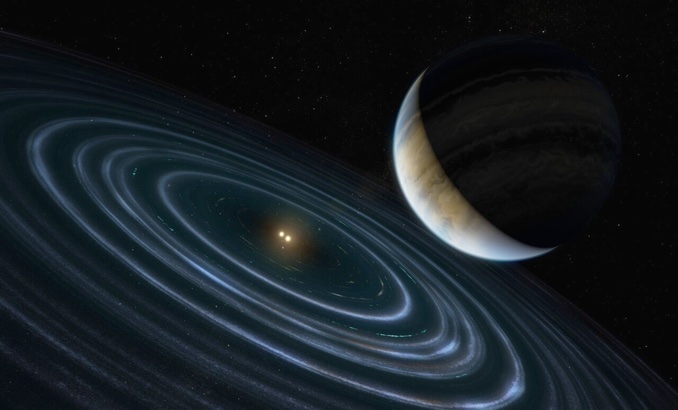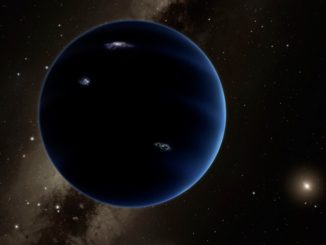
Using the exquisite resolution of the Hubble Space Telescope, researchers analysing 14 years of data have managed to characterise the 15,000-year orbit of a massive exoplanet slowly circling a double star some 336 light years away.
The planet is more than 730 times farther away from its parent stars than Earth is from the Sun, in a steeply inclined orbit well outside a dusty debris disc surrounding the double star. As it turns out, the orbit of the exoplanet, known as HD 106906b, is similar to the presumed path of a hypothesised “Planet Nine” in Earth’s solar system.
While the hypothesised planet could explain the observed orbits of several bodies in the extreme outer solar system, no such planet has yet been found.
“Despite the lack of detection of Planet Nine to date, the orbit of the planet can be inferred based on its effect on the various objects in the outer solar system,” said Robert De Rosa of the European Southern Observatory.
“This suggests that if a planet was indeed responsible for what we observe in the orbits of trans-Neptunian objects it should have an eccentric orbit inclined relative to the plane of the solar system. This prediction of the orbit of Planet Nine is similar to what we are seeing with HD 106906b.”
The 11-Jupiter-mass exoplanet, like the hypothesised Planet Nine, may have formed much closer to the system’s two central stars, possibly about three times the Earth-Sun distance. Drag within the system’s debris disc could have caused it to migrate inward, getting close enough for gravitational interactions with the central stars to fling it back out to the fringes of the solar system. Interactions with a passing star then could have stabilised the orbit, keeping the planet from escaping entirely.
A similar scenario may have played out with Planet Nine.
“It’s as if we have a time machine … going back 4.6 billion years to see what may have happened when our young solar system was dynamically active and everything was being jostled around and rearranged,” said team member Paul Kalas of the University of California, Berkeley.



